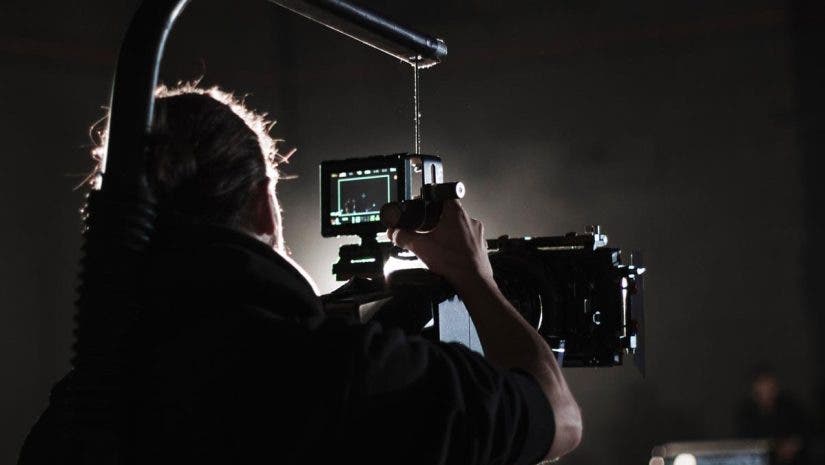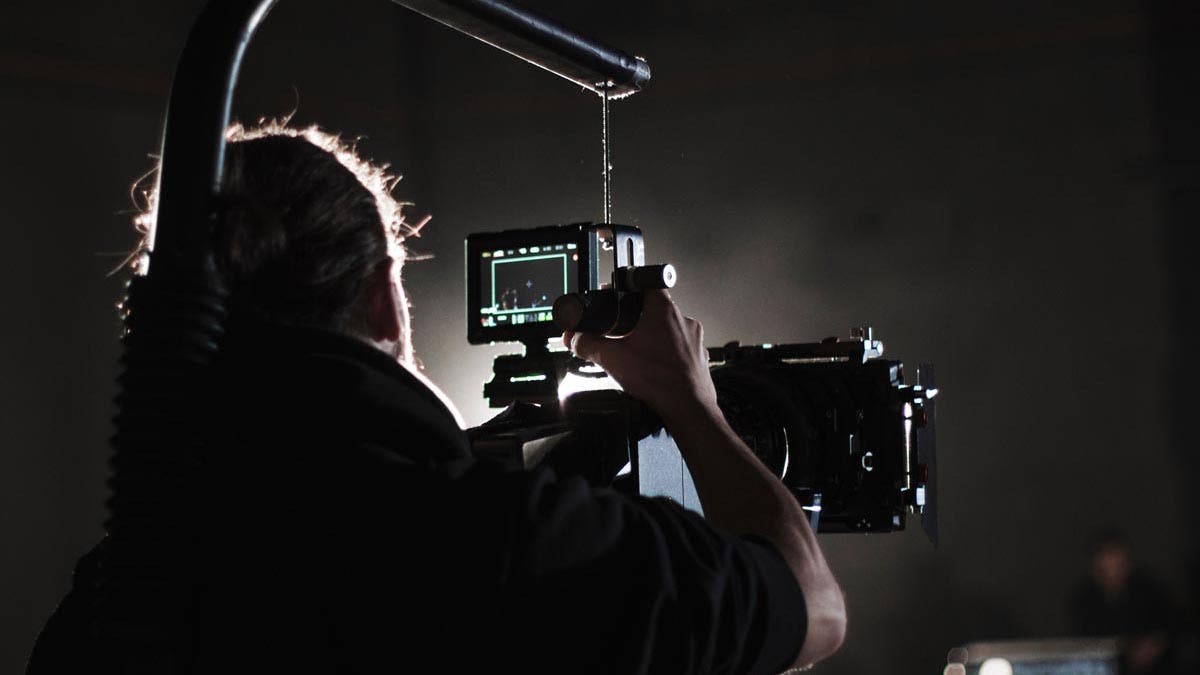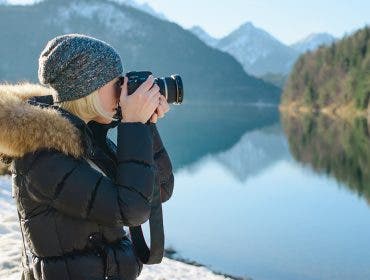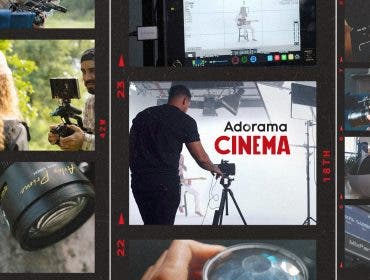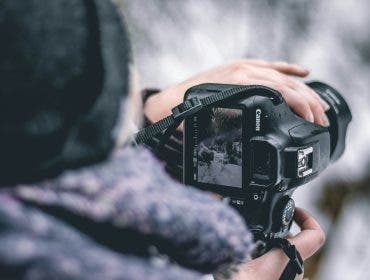We know that many content creators prefer video to still photos or (sadly for us at the blog) written content. Blogs aside, focusing more on visual content we have a tons of video friendly platforms. From vlogs to YouTube tutorials, Instagram reels to TikTok videos, and music videos to short films, the world of videography is expanding rapidly. As a result, camera manufacturers consider videographers’ needs when designing new models. They added video capabilities to DSLR and mirrorless cameras and created cinema cameras specifically engineered for video recording. With so many options, why choose a cinema camera?
However, not all video-related features are equally good, and videographers are particularly picky when it comes to usability. Slowly but surely, they fell out of love with DSLRs, considering them to be too slow, bulky, heavy, and lacking essential video recording functionalities. Mirrorless and cinema cameras are the cameras videographers prefer, and here is why.
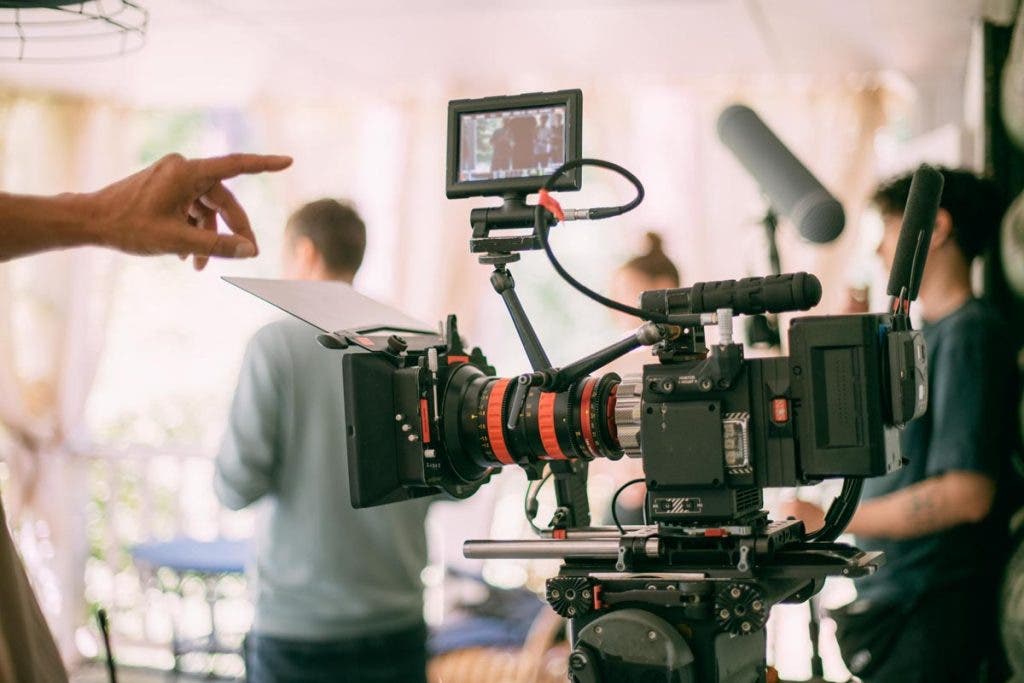
What Is a Cinema Camera?
A cinema camera is a camera designed primarily for recording videos and (generally) provides higher video resolutions than other cameras. Furthermore, it is designed with filmmaking workflows in mind, which means more ports and types of connectors for video accessories and other gear. The interface is also adapted for video recording, meaning the controls will be where a videographer wants them to be for a smooth recording session.
However, all these adaptations to a videographer’s workflow often add more weight and reduce the camera’s portability. Indeed, some cinema cameras require a stationary setup or the use of Steadicam or gimbal. In some cases, an entire production team is used to manage all the elements attached to the camera. Even if the camera starts out small, once connected to all the other accessories, it won’t be.
A cinema camera also supports multiple video formats, such as RAW/LOG formats, can shoot in slow motion thanks to impressive frame rates, produces the cinematic effect effortlessly, and usually has a video-oriented shutter system.
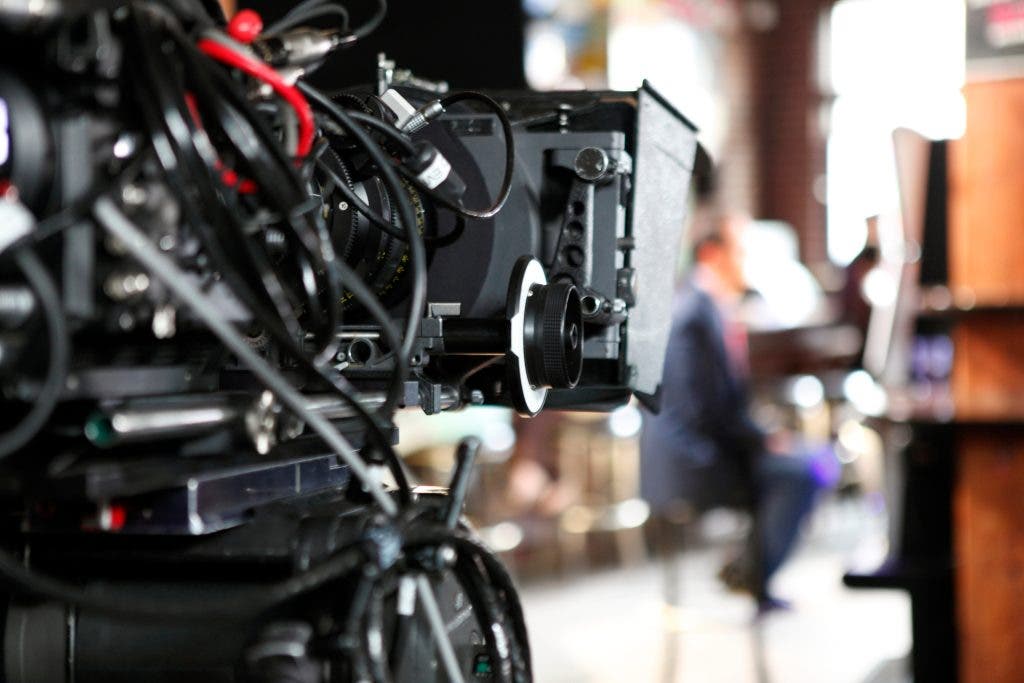
Why Choose a Cinema Camera for Videography?
The main reason why videographers and filmmakers choose a cinema camera is its impressive image quality and cinematic effect. With skyrocketing video resolutions, a wide dynamic range (some of them have built-in ND filters), outstanding color accuracy, and frame rates adjustable with a 1 step increment, cinema cameras allow the creators to fine-tune the image and record it without any compression. As a result, full editing is possible, including zooming in, stabilizing shaky shots, and panning around a shot.
In addition, cinema cameras offer unlimited video recording because they feature power inputs and support non-SD cards and recording directly on SSDs. They also support multiple video codecs and have audio inputs, a timecode input/output, and SDI outputs, all making post-processing much easier and granting more artistic freedom.
The shutter is operated in terms of frame rates and shutter angle instead of the shutter speed used in photography. This helps the videographer to produce clear video footage and adjust the shutter according to the amount of movement in the scene.
You may also choose a cinema camera for its large range of compatible lenses. Lenses designed for this type of camera don’t shift their focus point when zooming, changing focal length, or adjusting aperture. They can be swapped effortlessly without any change in exposure or operation mode (all controls are kept in the same place in all lenses in the same line). This is especially useful with follow focus rigs.
Overall, cinema cameras are ideal for stationary setups, working in a team environment, and producing professional footage. They tend to be more expensive, however, their feature sets make them worth every penny. Here are a couple of examples.
Canon EOS C300 Mark III Digital Cinema EF Camera
The Canon EOS C300 Mark III provides unlimited video recording and cinematic footage. Featuring the Canon’s DIG!C DV7 image processor, it supports internal RAW recording, 4K 120p recording, and 2K CROP 180p. The large sensor offers a wide dynamic range with 16 stops. The camera’s EF Mount opens the door to a large variety of lenses, including 2.0 and 1.33 anamorphic lens types.
You’ll also appreciate the smooth maneuverability, sturdy modular design, back-lit buttons, generous LCD touchscreen monitor, built-in audio inputs and microphone, and all the accessories that allow you to create the video setup you need.
Sony FX3 Full-Frame Cinema Line Camera
The Sony FX3 is a full-frame camera, compact and portable. It packs the functionalities of a cinema camera in a lightweight body to satisfy videographers who work on their own and are always on the move.
It features an ISO sensitivity range of 80–102400, expandable to 409600, 15+ stops of dynamic range, 4K 120p video recording capabilities, 16-bit RAW output, and an E Mount lens system. Also worth mentioning are the easy autofocus settings for smooth transitions, in-camera image stabilization, and a vary-angle LCD touch monitor. The user can attach an external microphone or use the built-in one, control the camera via a smartphone app, and record up to 95 minutes of uninterrupted video.
What Is a Mirrorless Camera?
A mirrorless camera is essentially a photo digital camera with a different internal construction than a DSLR, more specifically, a construction without the internal mirror that reflects an image into the viewfinder. Due to the lack of this mirror, the camera is much lighter than a DSLR. It also packs more digital features, which makes it the perfect candidate for advanced video capabilities.
Why Choose a Mirrorless Camera for Videography?
Mirrorless cameras have become popular amongst videographers because they are portable, ergonomic (easier to hold and use than DSLRs), affordable, and versatile. There is a wide range of lenses for this type of camera and plenty of accessories as well. Mirrorless cameras are the perfect grab-and-shoot cameras without missing out on image quality and professional features.
In terms of video capabilities, mirrorless cameras offer at least 4K at 60p resolutions, with many of them providing up to 8K at 60p video recording. You can find mirrorless cameras able to record internal RAW footage and produce slow-motion shots, cameras with audio inputs, and cameras with professional monitoring tools.
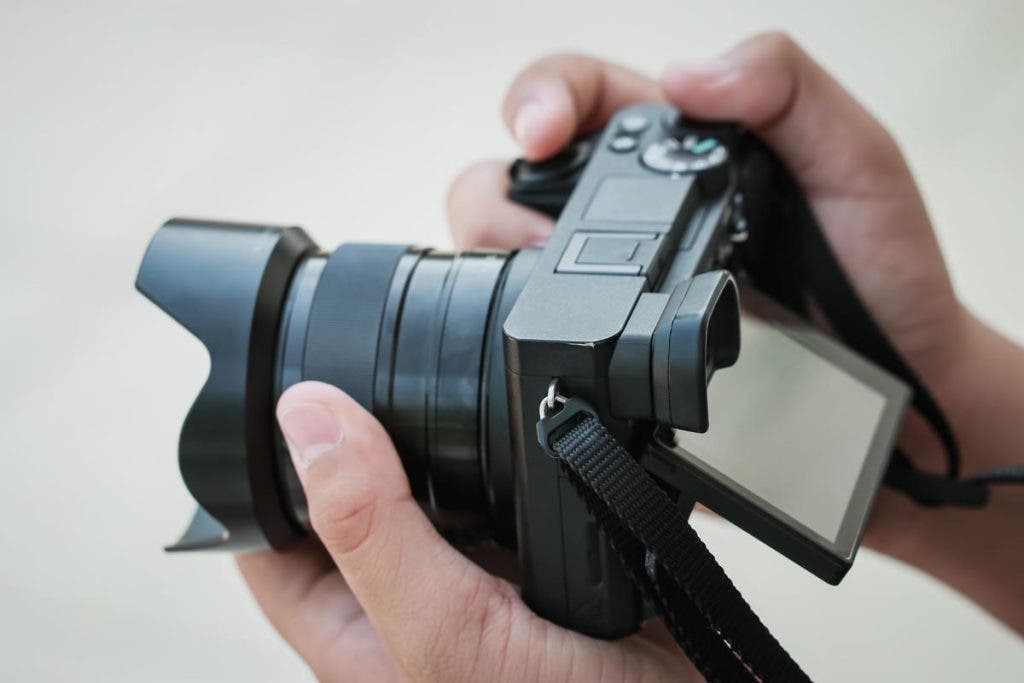
Overall, mirrorless cameras are excellent for a fast and adaptable video setup, shooting with a handheld camera, and shooting in an unpredictable environment. A single person is enough to manage the recording process, which makes it ideal for videographers working alone.
They are also excellent for creating mixed media and as a second or third camera in a more complex video setup. Being equally performant in terms of still and moving images, consider mirrorless cameras for starting with photography and videography, developing a personal style, and establishing a creative business. Here are a couple of mirrorless cameras to consider.
Nikon Z6III Mirrorless Camera
The Nikon Z6III is a high-performance camera with an impressive 6K at 60p internal RAW recording and 240p HD video recording for smooth slow-motion shots. It features in-camera image stabilization with vibration reduction, up to 2x digital zoom when filming, a wide ISO range of 100 to 64000 in steps of 1/3 and 1 EV, a fast and precise autofocus system, and a 2-hour maximum movie recording time.
You can use the built-in microphone or attach an external one, use external audio devices via line input, and adjust audio input. Other videography-related features worth mentioning are time codes, display of waveforms and video recording zoom, playback functions, and HDMI and Log Gamma outputs.
Canon EOS R5 Mark II Mirrorless Camera
The EOS R5 Mark II supports 8K RAW at 59.94/50.00 fps video recording and Canon LOG 2 and uses Cinema EOS terminology in its video menus for a smooth workflow. It has dual card slots to store your large videos and supports battery grips for extended, uninterrupted recordings. The Canon RF mount opens the door to a wide range of brilliant Canon lenses.
The camera is ergonomic and sturdy, designed to resist dust and weather. The autofocus system is fast and silent, includes subject tracking, and features a unique mode for shooting action shots. The balance between still images and film is so well done that the camera can work in a dual mode, recording video footage and taking photos at the same time.
Cinema Cameras versus Mirrorless Cameras
As you see, both cinema and mirrorless cameras have their well-deserved place in a videographer’s gear bag. To choose the best option for you, consider your workflow and list the most important features you need in a camera.
If you need professional video recording and have no use for still image recording, shoot in a professional team environment, and use a stationary video setup, you are better off with a high-end cinema camera.
However, if you have a dynamic workflow, shoot a lot with a handheld camera, record in public spaces where discretion is advised, have just started videography, or don’t have a large budget, look for an entry-level cinema camera, more compact and portable.
Content creators who take photos and record videos on a regular basis are better off with a performant mirrorless camera. They are versatile, fast, affordable, and adaptable to any style and workflow. With a little bit of skill and experience, one can achieve a beautiful cinematic effect with such a camera.
Final Thoughts
As always, choosing gear for videography depends on workflow, artistic style, and personal preference. You want the most performant camera, of course, but also one you can handle, carry around, or fit in your existing setup. That’s no benefit in buying an expensive camera you barely use or three cheap cameras that don’t provide the video and audio quality you need. So, choose the camera that helps you improve your work and bring your creative ideas to life.
